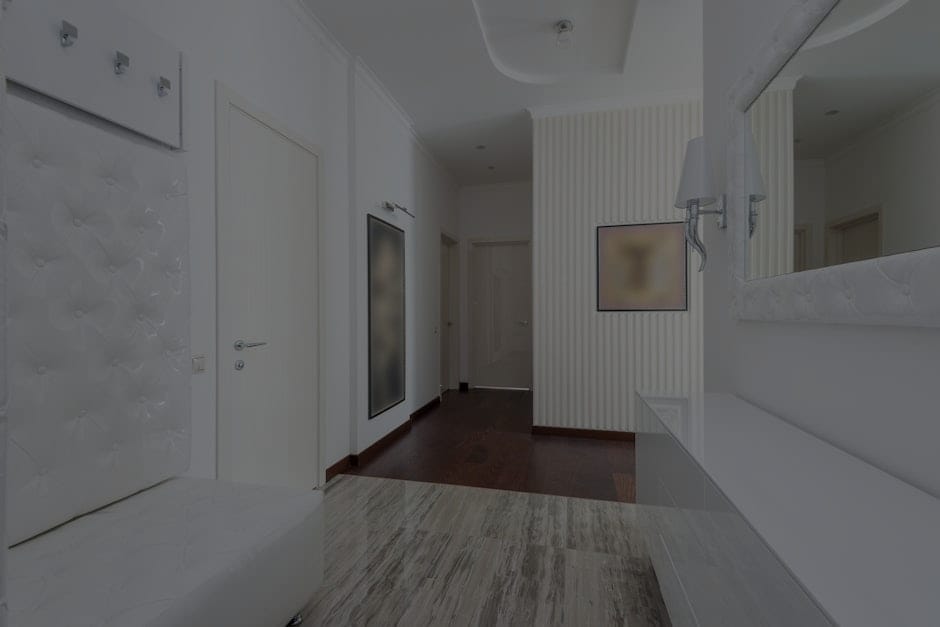**Creating Harmony: Best Feng Shui Decor for Your Living Space**
**Abstract:**
Discover how to transform your living space into a harmonious sanctuary with the best Feng Shui decor. This guide offers practical tips and insights to enhance your home’s energy flow.
Understanding Feng Shui Basics
Feng Shui, an ancient Chinese practice, emphasizes the importance of spatial arrangement and energy flow in our environments. The goal is to create balance and harmony, promoting well-being and prosperity. By understanding the basics of Feng Shui, you can begin to transform your living space into a serene oasis. Key principles include the Bagua map, which identifies areas of life associated with different sections of your home, and the concept of Chi, the vital energy that flows through all living things.
The Power of Color in Feng Shui
Color plays a significant role in Feng Shui decor, as each hue carries its unique energy and symbolism. For instance, reds and oranges evoke warmth and passion, while blues and greens promote tranquility and healing. When choosing colors for your living space, consider the emotions you wish to cultivate. A harmonious palette can significantly enhance the ambiance, creating a welcoming atmosphere that resonates with your personal energy.
Furniture Arrangement for Optimal Flow
The arrangement of furniture is crucial in Feng Shui. A cluttered space can obstruct Chi flow, leading to feelings of stagnation and discomfort. Aim for an open layout that encourages movement and connection. Position your furniture to create cozy conversation areas and ensure pathways are clear. Avoid placing furniture with sharp corners pointing toward seating areas, as this can create negative energy. Instead, opt for rounded edges and soft lines to promote a soothing environment.
Incorporating Natural Elements
Bringing nature indoors is a powerful way to enhance Feng Shui in your living space. Incorporate plants, natural materials, and water features to promote vitality and balance. Plants not only purify the air but also symbolize growth and prosperity. Choose easy-to-care-for varieties like peace lilies or snake plants to keep your space vibrant. Water features, such as fountains or aquariums, can attract positive energy and enhance tranquility, making your home feel more peaceful and alive.
Choosing the Right Decor Items
Selecting decor items that resonate with your intentions is vital for creating harmony. Opt for meaningful pieces that inspire joy and positivity. Artwork depicting serene landscapes or abstract designs can uplift your spirits and create a calming atmosphere. Mirrors can also be a powerful tool in Feng Shui, as they reflect light and energy, making spaces feel larger and more inviting. Be mindful of where you place mirrors; they should not face the front door or reflect clutter, as this can disrupt the flow of Chi.
Creating a Balanced Atmosphere
Balance is the essence of Feng Shui. Strive to create a harmonious environment by balancing the five elements: wood, fire, earth, metal, and water. This can be achieved through decor, colors, and materials. For example, wooden furniture represents growth, while metal accents can symbolize clarity. Ensure that each element is represented in your space to cultivate a sense of equilibrium. This balance not only enhances the aesthetic appeal but also fosters a sense of peace and well-being.
Conclusion: Your Path to a Harmonious Home
By implementing these Feng Shui decor principles, you can create a living space that resonates with harmony and balance. Remember, the journey to a serene home is ongoing. Regularly assess your environment and make adjustments as needed. Embrace the power of Feng Shui to transform your living space into a sanctuary that nurtures your mind, body, and spirit. With thoughtful consideration and intentional design, you can unlock the full potential of your home, inviting positivity and abundance into your life.










